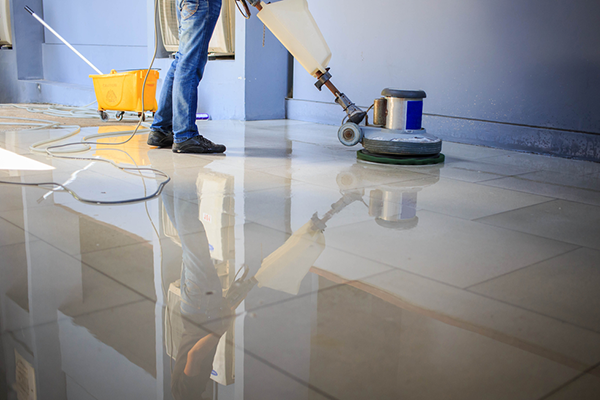MARBLE POLISHING SERVICE
Marble Polishing: Tips and Tricks for a Shiny Finish

MARBLE

GRANITE

HOMOGENEOUS TILES
Marble is a luxurious and elegant material that can add value to any home or business. However, over time, marble can become dull and lose its shine. That’s where marble polishing comes in. Polishing marble can restore its natural beauty and shine, making it look like new again.
At our company, we specialize in marble polishing services. Our team of experts uses the latest techniques and equipment to polish marble to perfection. Whether you have marble floors, countertops, or other surfaces, we can help restore them to their former glory. We understand that marble is a delicate material, and we take great care to ensure that our polishing techniques are safe and effective.
What is Marble Polishing?
The Definition of Marble Polishing
Marble polishing is the process of restoring the natural shine of marble surfaces. It involves removing scratches, stains, and other imperfections from the surface of the marble to reveal its natural beauty. Marble is a natural stone that can be easily damaged by acidic or abrasive substances, so it requires special care and maintenance to keep it looking its best.
There are several methods for polishing marble, including dry polishing and wet polishing. Dry polishing involves using a polishing pad to buff the surface of the marble, while wet polishing involves using water and a polishing compound to achieve a high-gloss finish.
Why is Marble Polishing Important?
Marble is a popular choice for countertops, floors, and other surfaces because of its natural beauty and durability. However, over time, marble surfaces can become dull and scratched, making them less attractive and more difficult to clean. Polishing marble can help restore its natural shine and protect it from further damage.
Regular marble polishing can also help extend the life of your marble surfaces, saving you money in the long run. By removing scratches and other imperfections, you can prevent further damage and keep your marble looking its best for years to come.
In addition, polished marble surfaces are more hygienic and easier to clean than unpolished surfaces. The smooth, shiny surface of polished marble makes it more difficult for dirt and bacteria to cling to the surface, making it easier to keep your surfaces clean and healthy.
Overall, marble polishing is an important part of maintaining the natural beauty and durability of your marble surfaces. With proper care and maintenance, your marble surfaces can continue to look their best for years to come.
Marble Polishing Process
When it comes to polishing marble surfaces, there are several steps that need to be taken to achieve a high-quality finish. Here are the steps we typically follow:
Step 1: Cleaning the Marble Surface
Before we can begin polishing, we need to ensure that the marble surface is clean and free of any dirt, debris, or stains. We start by wiping down the surface with a soft cloth and a mild detergent. If there are any stains, we use a poultice for stain removal. Once the surface is clean, we rinse it with water and let it dry completely.
Step 2: Grinding the Marble Surface
The next step is to grind the surface using a low-speed polisher with a felt wheel. We start with a coarse-grit sandpaper and gradually work our way up to finer grits. The purpose of grinding is to remove any scratches or imperfections on the surface and create a smooth, even finish.
Step 3: Honing the Marble Surface
After grinding, we move on to honing the surface. Honing involves using progressively finer grits of diamond abrasives to create a matte or satin finish. This step is optional, but it can help to remove any remaining scratches and give the surface a more uniform appearance.
Step 4: Polishing the Marble Surface
The next step is to polish the surface using a polishing compound and a high-speed polisher. We apply the polishing compound to the surface and use the polisher to buff it in. This step helps to bring out the natural shine and luster of the marble.
Step 5: Sealing the Marble Surface
Finally, we apply a marble sealant to the surface to protect it from stains and damage. The sealant fills in any pores or cracks in the marble and creates a protective barrier that repels liquids and prevents scratches.
Overall, the marble polishing process can be time-consuming and requires a lot of skill and expertise. But with the right tools and techniques, we can achieve a beautiful, high-quality finish that will last for years to come.
